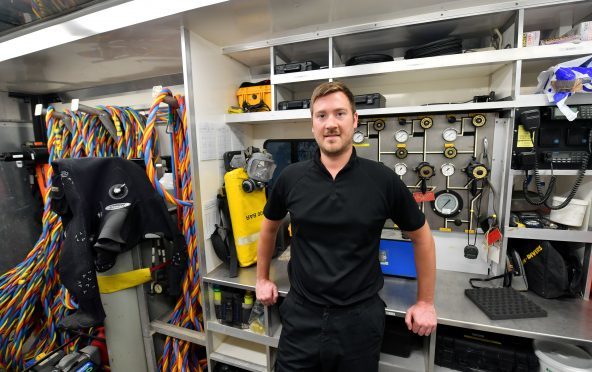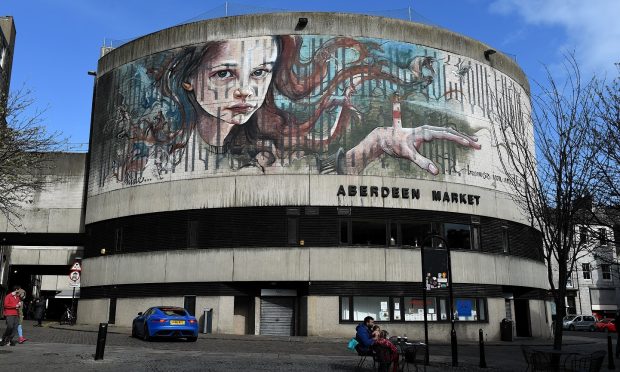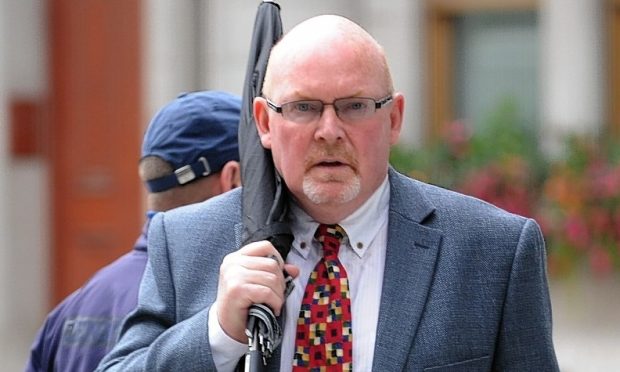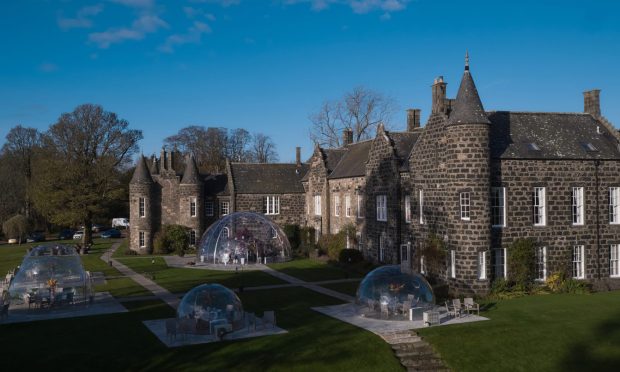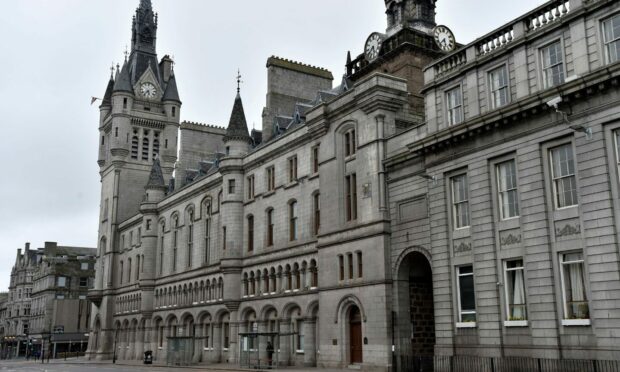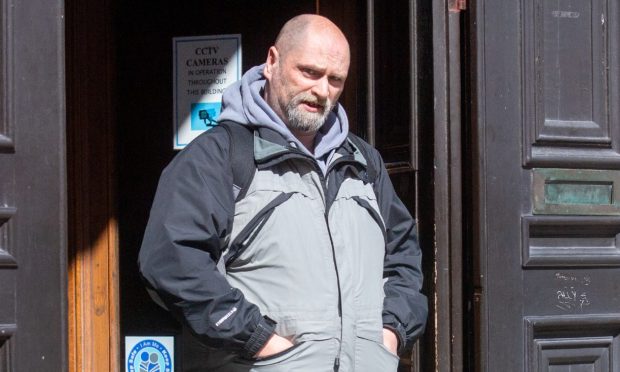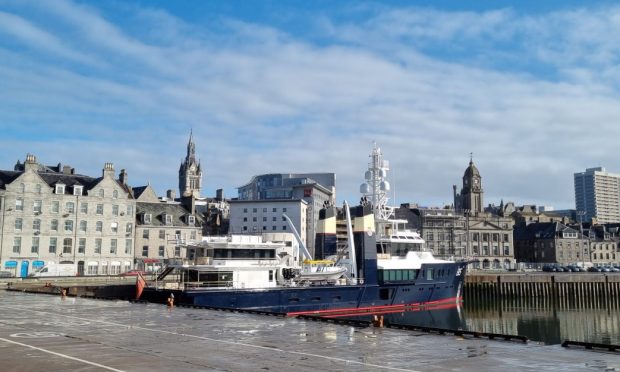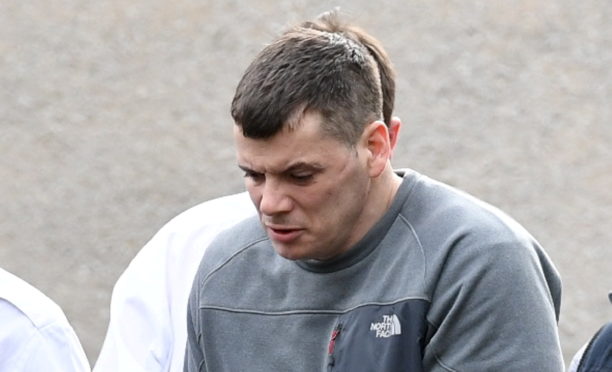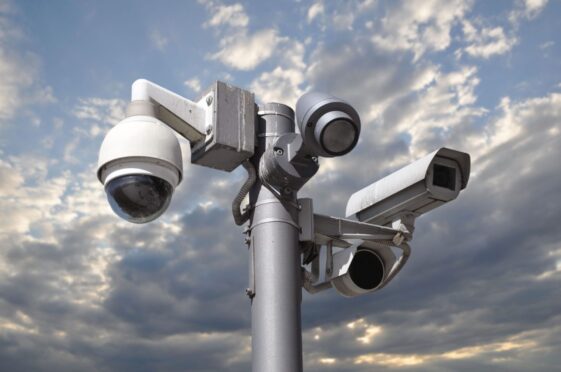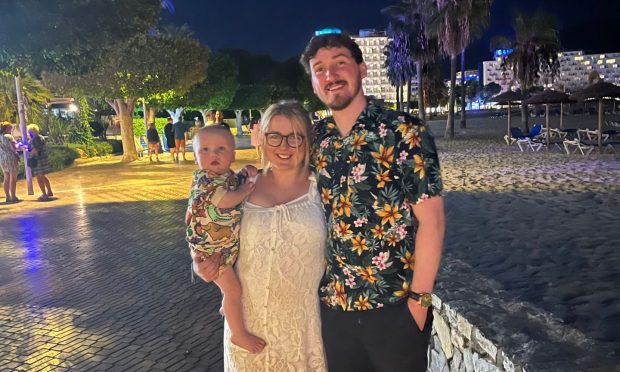A missing persons search involves meticulous planning and a forensic eye for detail.
Officers involved have to painstakingly review each and every aspect of the case, however minute, as they plan and execute their searches.
Constable Marcus Van der Laan has been a police search adviser, or Polsa, for four years.
And while the search teams are called in to help in a variety of situations on land and water – including drug raids – missing persons investigations is a major part of a Polsa’s day to day role.
Constable Van der Laan, who volunteers with the search unit, has said the stark outcome of many of these types of inquiries can be “challenging”.
“It’s not always plain sailing,” he said.
“Sometimes we never find the person, we can do all we can and come to a point where there’s nothing more we can do.
“It’s a volunteer role, I don’t get paid any more to do this, I wanted to do a bit more and it’s great, I love it.
“But it’s a challenging role, it’s long hours, when we get a high risk person you’re in the office for days and when you’re getting home all you’re doing is sleeping.
“Although it’s full on and it’s intense and there’s pressures coming from family, bosses, all that sort of stuff, at the end of the day if you find someone, deceased or alive, professional pride comes into it.”
Constable Van der Laan has been involved in a number of high profile investigations in his time with the unit, including the Shaun Ritchie inquiry – one of the largest searches in Scottish police history.
The 22-year-old, from Fraserburgh, was last seen in the Greenburn area near Strichen after a Halloween night out with friends in 2014.
More than three years later, he remains missing, presumed dead.
“The main thing for me is getting closure for a family,” the constable said.
“For me to go into a room where the family know we’ve been searching for days, whether it’s good or bad news, to have a body is the main objective of what we do.
“Some cases we get we don’t find a body, and it’s horrible, but it’s it’s just part and parcel of how it goes.
“But when we do it just goes to show that all the hard work and training pays off.
“And it’s the same with dealing with family members, it is tough, especially when it comes to murder or young children and the raw sort of emotion.
“We try and to keep them positive, it’s very challenging – people probably don’t see that side of it.”
Constable Van der Laan has also served with the dive and marine unit for nine years.
The squad, which covers a sprawling area from Perthshire as far as the islands, is based at Bucksburn Police Station.
With just five full-time members, the unit also calls in the help of seven part-time divers who otherwise work as street cops.
While the familiar river and sea searches are still a part of what the unit does, divers can also be asked to brave hazardous conditions and search confined spaces like pipes and drains and shipwrecks.
“There’s a lot of kit you need to carry, so being in those confined spaces is not for everybody,” said the dive supervisor.
“People might have an idea in their head of what we do but the reality is much different, you’ve got icy conditions, sewers that you’re searching at night, all sorts of different scenarios.
“We’ve been in Wick, we were at Pitlochry the other week, it’s crazy the distances we travel some times.
“But it’s worked out quite well as we can also search places as well which makes it easier for us if we’re going out with the Aberdeen area.
“People say to me how can you take a body out of the water, whether they’ve been in for six months or a day, it’s just the norm, it’s something you get used to,” he added.
The divers have the capability to dive to 164ft (50 metres) and use scuba gear, boats, kayaks and a dive lorry.
They provide 24 hour cover, every day of the year, and train every Monday to ensure the equipment is working and also to practice different types of operations.
As well as missing persons searches the unit also help find weapons in violent crime investigations, counter terror and rescues – the officers helped during the Storm Frank floods during winter 2016.
